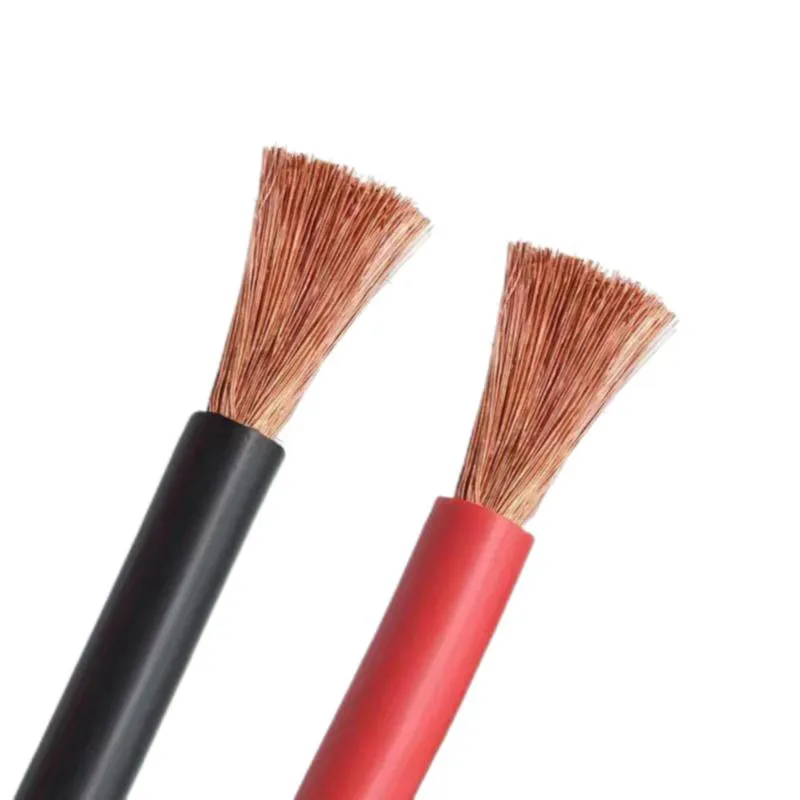Time: 2025-04-18 16:07:07 Source: Henan Province Jianyun Cable Co., Ltd.

Insulated cables consist of one or more conductive cores (usually copper or aluminum) surrounded by a non-conductive material, or insulator, that prevents electrical leakage and ensures safe operation. The insulation protects against environmental factors like moisture, heat, or chemicals and separates conductors to avoid short circuits. An outer sheath, often made of plastic or rubber, may add further protection.
Insulation materials are chosen based on voltage rating, temperature tolerance, and application environment. Common insulators include PVC (polyvinyl chloride), XLPE (cross-linked polyethylene), and rubber. Insulated cables can be low-voltage (e.g., 300/500V for control cables like SY) or high-voltage (e.g., 33 kV for transmission), with insulation thickness increasing with voltage. Think of insulated cables as water pipes with protective coatings—the metal core carries the flow (current), while the insulation keeps it contained, preventing leaks or spills.
Insulated cables vary in design, conductor count, and insulation type to suit diverse applications, from household wiring to industrial power distribution. Below is a table summarizing common types:
| Cable Type | Insulation Material | Conductor | Key Features |
|---|---|---|---|
| NM-B (Romex) | PVC with PVC sheath | Copper | 2–4 cores, for indoor residential wiring, 600V |
| SY Cable | PVC with PVC sheath | Fine-stranded copper | Steel braid, multi-core, flexible control, 300/500V |
| SWA Cable | XLPE with PVC sheath | Copper/Aluminum | Steel wire armour, power distribution, up to 33 kV |
| THHN/THWN | PVC with nylon coating | Copper/Aluminum | Single-core, conduit use, wet/dry, 600V |
| Solar Cable | XLPE with halogen-free sheath | Tinned copper | UV-resistant, for PV systems, 1000–1500V DC |
NM-B is standard for home wiring, with PVC insulation for 120/240V circuits. SY cables, as discussed previously, use PVC insulation for flexible control applications, with a steel braid for added protection. SWA cables feature XLPE insulation for high durability in power distribution, often buried underground. THHN/THWN cables are single-core with heat- and moisture-resistant insulation for conduit runs. Solar cables use XLPE for UV and temperature resistance in photovoltaic systems. Each type’s insulation is like a tailored suit, fitted to the cable’s job—light and flexible for controls, or thick and tough for high-voltage power.
Insulated cables are used across residential, commercial, and industrial settings, with their insulation ensuring safety and performance in diverse conditions. Key applications include:
Insulation type dictates the cable’s suitability—PVC for cost-effective indoor use, XLPE for high-voltage or outdoor resilience, and rubber for extreme flexibility in portable equipment. Insulated cables are like the veins of an electrical system, carrying power safely across varied terrains, with insulation as their protective skin.
Insulated cables are essential for safe and efficient electrical systems, using materials like PVC, XLPE, or rubber to prevent leakage and withstand environmental challenges. Common types include NM-B for homes, SY for flexible controls, SWA for power distribution, THHN/THWN for conduit, and solar cables for PV systems, each with insulation tailored to its voltage and environment. Used in residential wiring, industrial automation, and renewable energy, insulated cables ensure reliable power delivery. Understanding their types and applications helps in choosing the right cable for any project, balancing safety, performance, and cost.